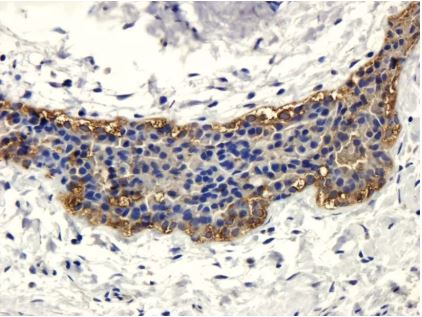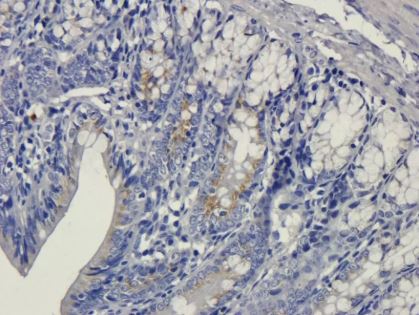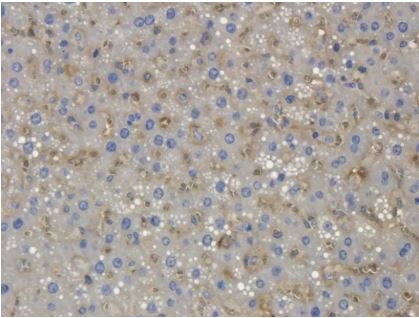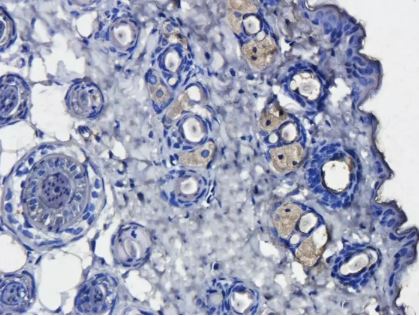Peptide solubility guidelines
Determining the best solvent for dissolving synthetic peptides can often be a challenge. While many peptides have good solubility in aqueous solutions, others encounter low solubility and insolubility. This is a particular challenge when peptides have long sequences of hydrophobic amino acids. The guide below provides some suggestions to assist in predicting peptide solubility.
- It is best to aliquot and test a small quantity of peptide first to determine optimum conditions.
- Ensure you understand the appropriate concentration at which the peptide should be dissolved. Please see this link to a great molarity calculator to help you determine the proper concentration.
- Depending on peptide composition, there are different solvents that are needed to dissolve your lyophilized peptide. Please confirm solubility with 2-3 different sources (publications, suppliers). A detailed flowchart can be found here.
- Some general guidelines include:
a. Peptides shorter than five residues are usually soluble in water or aqueous buffer, except when the entire sequence consists of hydrophobic amino acids (e.g., W, L, I, F, M, V, Y).
b. Hydrophilic peptides containing > 25% charged residues (e.g., D, K, R, H and E) and 25% hydrophobic amino acids are usually soluble in water or aqueous buffers.
c. Peptides containing 50% and more hydrophobic residues might be insoluble or only partly soluble in aqueous solutions.
d. Please consult literature pertaining to your specific protein as the above are only general guidelines. - Warming your solution (< 40°C) may aid in dissolving your peptide.
- The table below may help in determining the characteristics of your particular peptide.
| Peptide Solubility | |
| Hydrophilic | D,E,H,K,Q,R,S,T, hydroxy-proline, pyro-glutamic acid |
| Hydrophobic | A,F,I,L,M,P,V,W,Y, alpha-amino butyric acid, beta-amino alanine, norleucine |
| Peptide Stability | |
| Oxidation in mild conditions | C,M |
| De-amidation, Dehydration, cyclization to pGlu | N, Q, C-terminal residues, N-terminal Q |
| Degradation during preparation | M,W |
| Peptide Charge | |
| Positive | K,R,H, N-terminus |
| Negative | D,E,Y, C-terminus |








